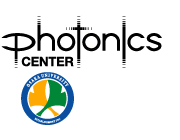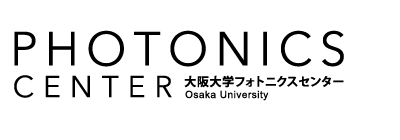【研究成果】2013年
研究成果65
Raman and SERS microscopy for molecular imaging of live cells
Almar F Palonpon, Jun Ando, Hiroyuki Yamakoshi, Kosuke Dodo, Mikiko Sodeoka, Satoshi Kawata & Katsumasa Fujita
nature protocols 690 | VOL.8 NO.4 | 2013 |
A protocol is given for constructing and using a Raman microscope equipped with both a slit-scanning excitation and detection system (high temporal and spatial resolution) and a laser steering and nanoparticle-tracking system (dynamic surface-enhanced Raman imaging using gold nanoparticles). Both features enable mapping of the distributions of molecules in live cells and visualization of cellular transport pathways. Furthermore, its utility can be expanded to small-molecule imaging by using tiny Raman-active tags such as alkyne. For example, DNANA synthesis in a cell can be visualized by detecting 5-ethynyl-2′ -deoxyuridine (EdU), a deoxyuridine derivative with an alkyne moiety. We describe the optics, hardware and software to construct the Raman microscope, and discuss the conditions and parameters involved in live-cell imaging. The whole system can be built in ~8 h.

Raman images of alkyne-tagged cell proliferation probe, EdU, in HeLa cells. (a–d) These show the distribution of signal corresponding to 749 (a), 1685 (b), 2123 (c) and 2856 cm−1 (d). (e) The overlay image was constructed by merging the images at 749, 2123 and 2856 cm−1, which are assigned to the green, blue and red channels, respectively. The excitation laser wavelength was 532 nm. The light intensity at the sample was 3.3 mW μm−2. The exposure time for each line was 10 s. The total number of lines of exposure was 192, and the images consist of 192 × 280 pixels. (f) Average Raman spectra from the cytoplasm, nucleus and extracellular region. a.u., arbitrary units.



